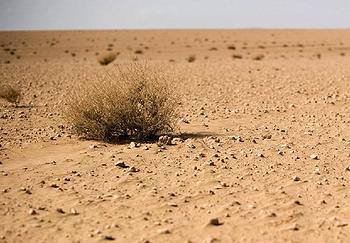Each spring, the ice on the lake near the family cottage meets its demise.
As the days lengthen and warm, the ice gets thinner and thinner. No one ventures onto the lake for fear of breaking through.
One sunny day, usually in early April, the ice disappears.
This death spiral of lake ice each spring is
familiar to people across Canada and the northern United States. From above, the lakes look completely frozen during most of the melt process. The real sign of ice melt is the rapid drop in thickness or volume.
Thanks to climate change, the Arctic sea ice is in the throes of its own death spiral. The volume of sea ice in the Arctic, the key measure of ice change, has been declining rapidly for decades. There is now roughly 75% less summer ice in the Arctic than three decades ago.
Yet you don't hear about the volume of ice in the news. Journalists, activists and scientists normally highlight the very visible decline in area of ice during the summer.
There's a valid argument for talking on the more immediately relevant area of ice. Last September, area of ice cover dropped to only 3.4 million km2, less than half that in the 1980s. This dramatic melt was visible in satellite images. It was visible to the many boats transiting the once-forbidden Northwest Passage.
As with our small lake, the area of ice is not the best measure of the ice pack.
Last summer's open water froze over the winter, forming a layer of ice thinner than what you'd find on our small lake during the height of winter. Due to natural variability in the weather, much of that thin Arctic ice survived the summer. Though the area of ice is still far lower than that of decades past, it is roughly 30% greater than last year.
This year's ice area has been manna for ardent climate change contrarians. Bold claims about the rebound of Arctic sea ice proving climate scientists wrong now
abound on the internet.

In some cases, the claims about data are technically correct. In all cases, they miss the big picture.
The death spiral of Arctic ice continues. According to the
Polar Science Center at the University of Washington, the volume of summer sea ice has declined by roughly 75% in the past few decades. The monthly ice volume figure (right) from their Pan-Arctic Ice Ocean Modeling and Assimilation System (PIOMAS) actually looks like a spiral, with the ice volume for each month of the year declining over time.
Scientists' only mistake was not talking more about ice thickness or volume. This long-term change in ice volume, rather than the annual summer ice area, is the best harbinger of the future. Those boasting about the Arctic "rebound" this year should heed caution. They are standing on very thin ice.
Read More...
Summary only...












